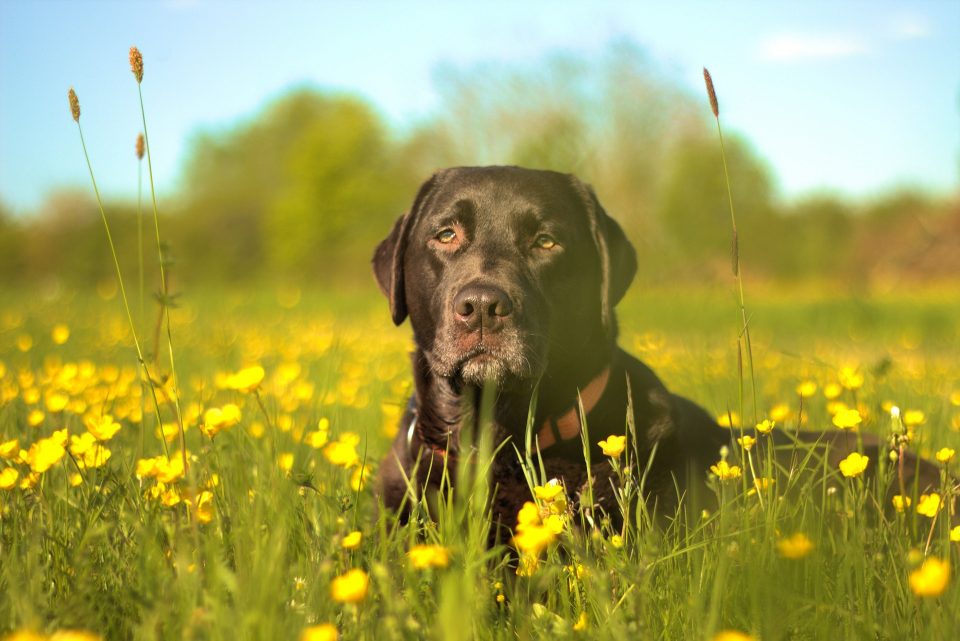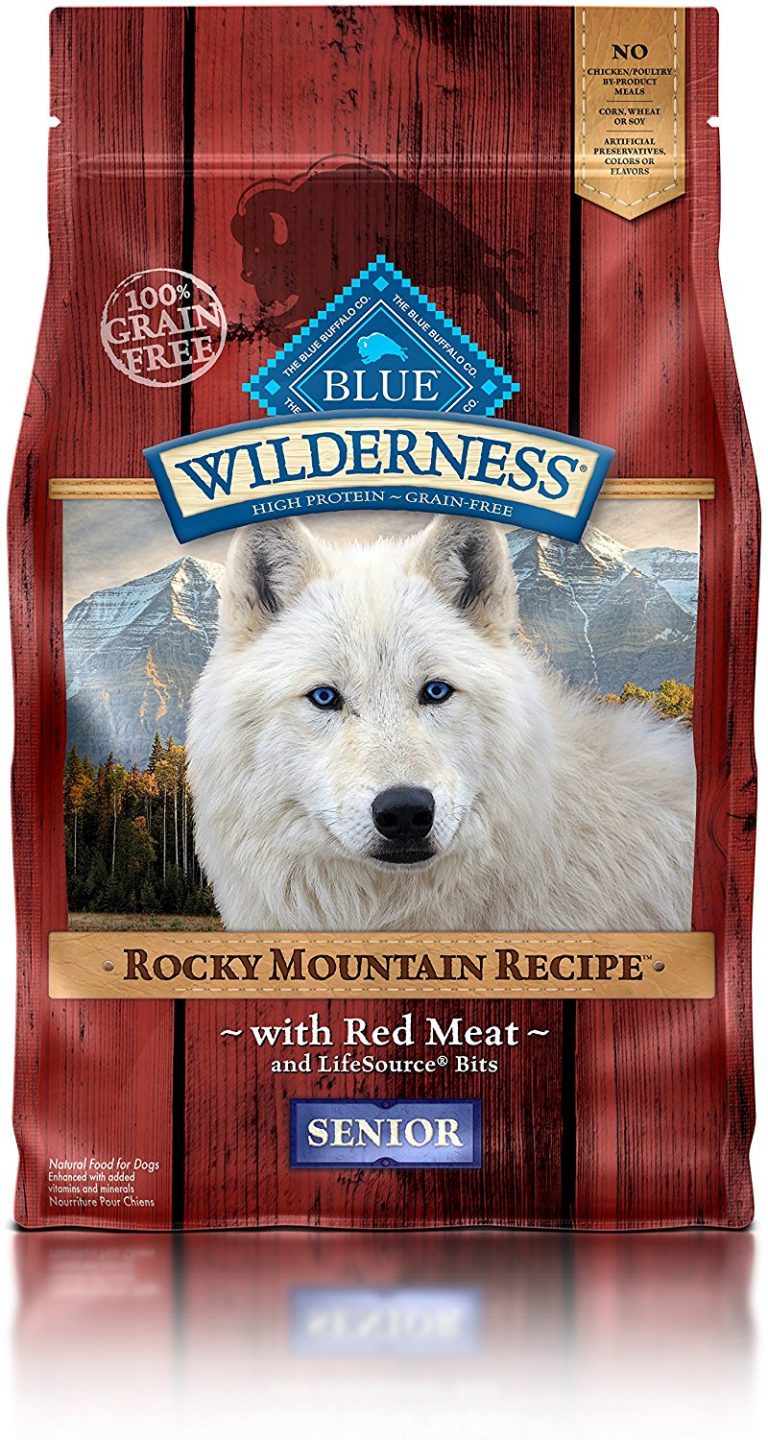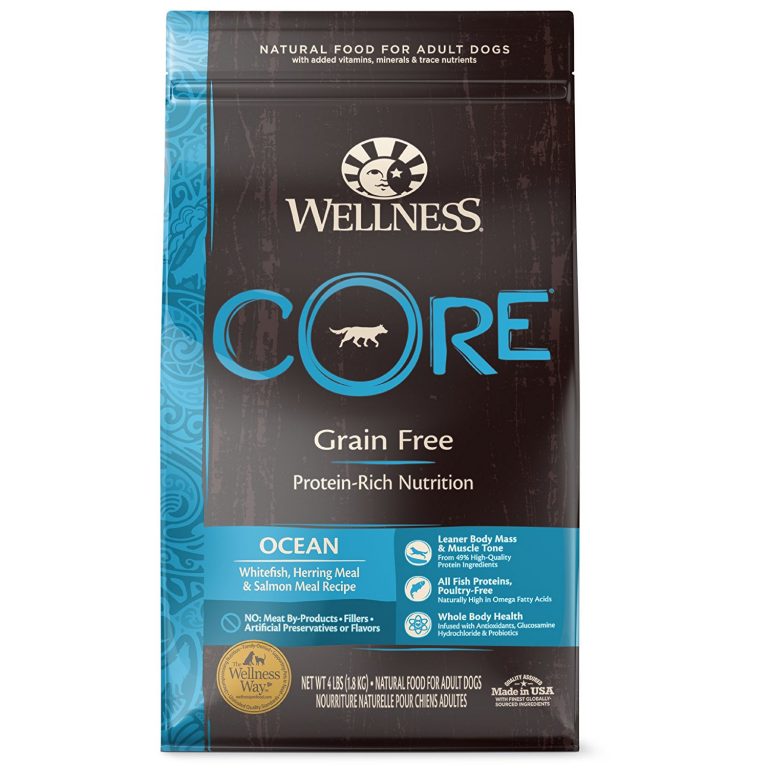Grain-free pet food is one of the best options for dogs due to its added nutritional benefits. Pets, especially dogs who are known as “man’s best friend,” are considered by many as part of their family. As such, it is natural that you want the best for your pets.
Picking the best dog food is one of the things that you can do to give your dog the best quality of life. Grain-free dog food is gaining a lot of attention and popularity among dog owners. If you’re still wondering what all the fuss is about when it comes to grain-free pet food, then read on.
We have gathered all of the information that you need for choosing the best grain-free pet food for your beloved, faithful, companion.
What is Grain-Free Pet Food
As a pet owner, you want the best for them and feeding your dog the right diet is the first step. Grain-free pet food is a specially formulated food that contains a large portion of meat. Although the name implies that it doesn’t have any grains, a few pet food products may still contain some.
There are two major variants: grain-free dry dog foods, and grain-free wet dog food. According to reviews, dry dog food has a higher carbohydrate content than wet dog food. Although, the two variants have higher protein content and lesser carbohydrate content compared to grain filled pet food variants.
Image CC by 0, via Pxhere
How Grain-Free Pet Food Came to Be
In the past, dogs’ ancestors wandered in the wild and ate raw meat and vegetation. Dogs would roam around and hunt for free food. Their diet was mostly meat. As for grains, they are seeds from certain grasses which dogs really didn’t eat much. Over time, wild ancestors became beloved pets, being bred for specific traits like loyalty and protection. As domesticated animals, the food consumed by dogs also changed and became more commercialized. Eventually, commercial pet food became a staple to add to the scraps and wild-hunted food in dogs’ diets.
From then on, the commercial, mass-produced dog food evolved as a staple diet for most dogs. But, these mass-produced dog foods mostly consist of grains such as corn, wheat, and oats. They add these grains as fillers to keep the dog food cheap but tasty.
However, not all dogs do well on a diet that includes grain. Wheat allergies are one of the most common food sensitivities in dogs. For dogs who are sensitive to grain, grain-free pet food options are the best choice. With higher protein content and lesser carbohydrates, grain-free pet food closely resembles the original and natural diet of dogs back in those days.
Issues with Feeding Your Dog Kibble
According to Canine Journal, the digestive systems of dogs have a hard time breaking down and digesting these grain filled dog foods complex carbohydrates. As such, these fibers and grains remain in their digestive system for a long time, which causes a lot of digestive problems. Among the digestive problems that grains can cause are bowel disorders, inflammation of the digestive system, leaky gut, obesity, and allergies.
Benefits of Grain-Free Dog Food
There are a ton of benefits that dogs can derive from grain-free dog food. Grain-free dog food contains more protein and lesser carbohydrates which is good for your dogs and helps keep them full. It is also good to have whole animal protein in the pet food, which is generally healthy for your pets.
Aside from this, the health benefits of grain-free pet food include more energy, healthier skin, shinier coat, and better breath, among others. It also reduces allergies since a lot of dogs are allergic to grains.
Image via Amazon
7 Things to Consider In Choosing The Best Dry Dog Food For Your Pet
Before you grab a pet food on the shelf which claims it is the best dry dog food on the planet, the following tips will help you make decisions on what truly is the best dog food for your pet:
1. You should know your dog’s diet
Not all dogs fit one diet. Use your dogs breed, age, and digestive system to decide on the best food for them.
2. Know more about by-products and grains
By-products or double-dead scrap meat from animals might not be palatable for human consumption, but it might be different for your dog. Renowned veterinarian Dr. Sanderson even stated that meat from by-products such as scrap meat and especially the bones could be more nutritious to dogs.
3. Evaluate before switching to grain-free pet food
Although a handful of studies attest to the benefits of grain-free pet food, it is still beneficial to give a generic diet based on your dog’s needs and preferences. If your dog would prefer to eat a pet food filled with grains rather than a grain-free dog food, it might be better to opt for the former.
However, if your dog has digestive problems or allergies, it might be better to switch to a grain-free pet food. Also, you can opt for grain-free sources of carbs such as potatoes and other vegetables, which are easy to digest and generally healthier for your dogs.
4. Check the ingredients
The best dog food is grain-free and contains whole proteins, supplements, and vegetables.
Pet foods usually have nutritional facts and ingredients listed on their label. Check and read the ingredients to see if it is entirely grain-free or only partially grain-free. Aside from making sure that it is a grain-free pet food, check to see if it has whole proteins such as beef, lamb, and salmon. The best dog foods have more whole proteins and fewer carbohydrates.
5. Beware of allergens
Some dogs may be allergic to grains while some are allergic to proteins. A post from Dog Food Guru shows that most dogs are allergic to beef and dairy products. Grains such as wheat, oats, and corn come next.
Food allergies can cause the following symptoms: loose stool or diarrhea; rash and skin irritations; chronic licking, chewing, bitching or itching; vomiting; and, infections. With a lot of dogs being allergic to grains, it is no wonder that grain-free pet food is one of the best dog food options available.
Moreover, if your dog gets sick when eating certain types of pet food, it’s time to bring your dog to the vet for a check-up to get expert advice and solution.
Image via Amazon
6. Read the package labels
You might think that buying pet food with “premium” or “gourmet” stamped on the package assures that it has high nutritional value. However, these labels do not necessarily have nutritional standards yet to back up their claims.
Another trick you have to look out for is their product labels. Labels like “entree,” “formula,” or “flavor” will give you a hint of how much percentage of the ingredient is added to the product. For instance, product labels that say “beef dinner” are only about 25 percent beef. You can check out the FDA site to learn more about these pet food labels.
7. Look out for additives
Avoid pet food that has a lot of artificial preservatives or additives in it. These preservatives are bad for human health as well as that of your pets. Most of you may be cautious about added chemicals such as ethoxyquin, butylated hydroxytoluene, and the like in pet foods. To keep your mind at ease as to whether these preservatives, artificial colors and other chemicals added on the product are safe, check if it has the “Generally Recognized As Safe” label or if it is “GRAS” approved. You may want to verify if they are included in your favorite pet food.
Chosing to feed a grain-free pet food may cost you a little more in the short run. But, in the all-too-short life-spans of your best friend, it could make a world of difference.
Let us know down in the comments which grain-free food you chose, or which you think you will choose. Other dog-lovers would love to know about your experience!
Featured Image: CC by 0, by Sonja_Loompy, via Pixabay









